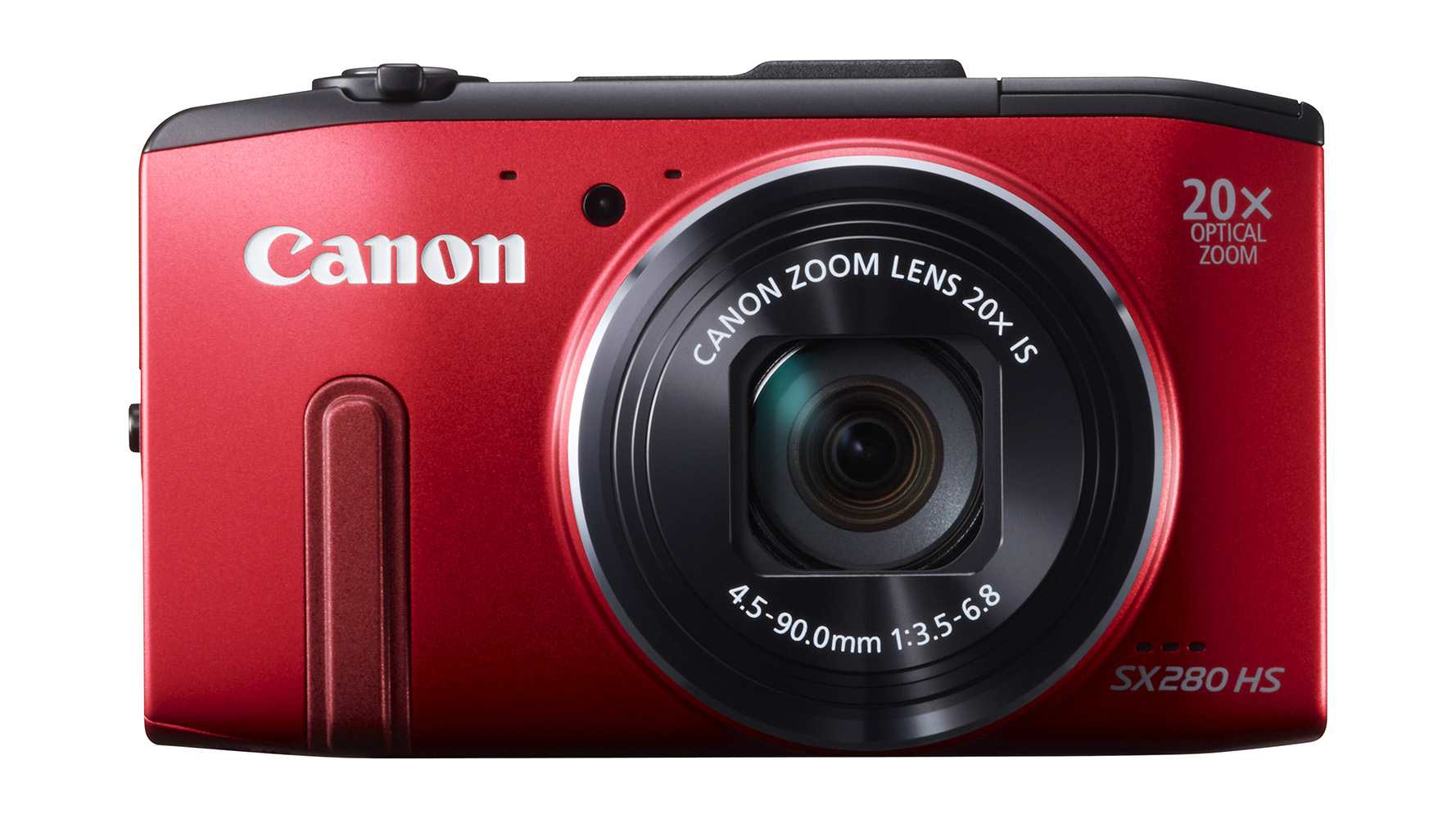Why you can trust TechRadar
We continue to be impressed by Canon's range of both IXUS and PowerShot cameras, so we had high hopes for the Canon SX280, with its excellent zoom capabilities and number of appealing features.
Happily, we've not been disappointed by the image quality. Colours are bold and punchy, without being overly vibrant. Skies are represented well, as are bright whites. It also copes well with skin tones.
If we zoom into images at 100%, there is evidence of some image smoothing, even at lower sensitivities, but the camera puts in a very similar performance in this respect to what is perhaps its closest competitor, the Panasonic TZ40. Smoothing is not particularly noticeable at these lower ISOs at normal printing and web sizes, so for the average user it's nothing to worry about.
Similarly, closely examining images with areas of high contrast reveals a little purple fringing, which is not uncommon for compact cameras. It's fairly well controlled though, and not particularly noticeable when viewing images at normal sizes.
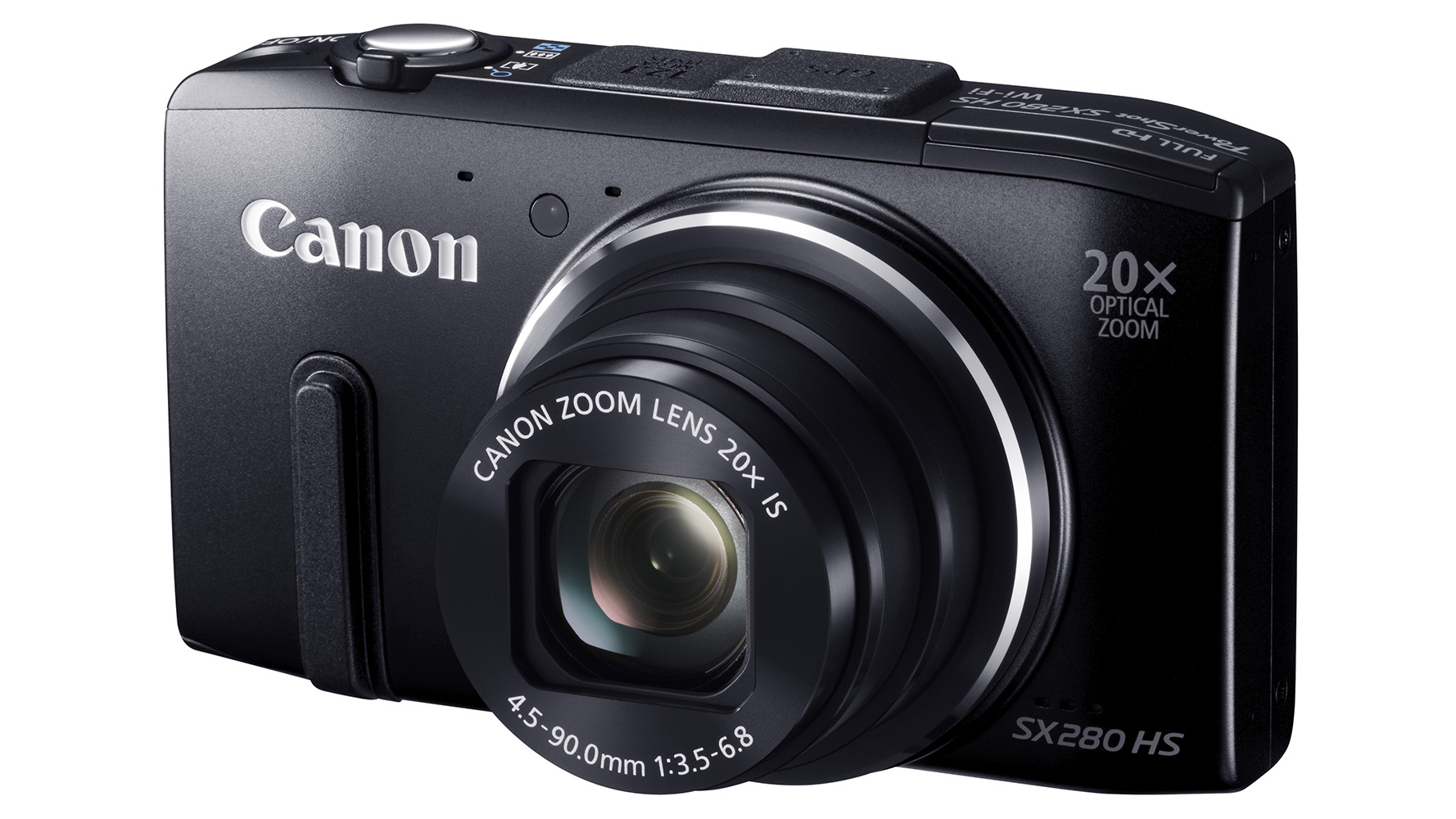
Although the maximum aperture of the Canon SX280's lens is f/3.5, you can still achieve some pleasing shallow depth of field effects, especially when shooting macro images. With these images, the out of focus areas are rendered very well, with an excellent drop-off in focus and attractive bokeh.
The automatic white balance system does a reasonable job in the majority of conditions to produce accurate colours. Sometimes, however, under artificial lighting the camera will err towards producing slightly warmer images than we would like. To combat this, you can either set a more appropriate white balance setting or create a custom white balance.
General purpose metering, known as evaluative metering, on Canon cameras also does a good job to produce balanced exposures in the majority of conditions. If the scene is particularly high contrast, then the camera does struggle a little, but you can switch to spot or partial metering to attempt to combat this. Alternatively, you can focus and recompose to make the camera take a reading from a different part of the scene.
As probably the standout feature of this camera, it's reasonable to expect a good performance from the optical zoom lens. Images shot at the furthest reach of the telephoto optic are good, with plenty of detail retained.
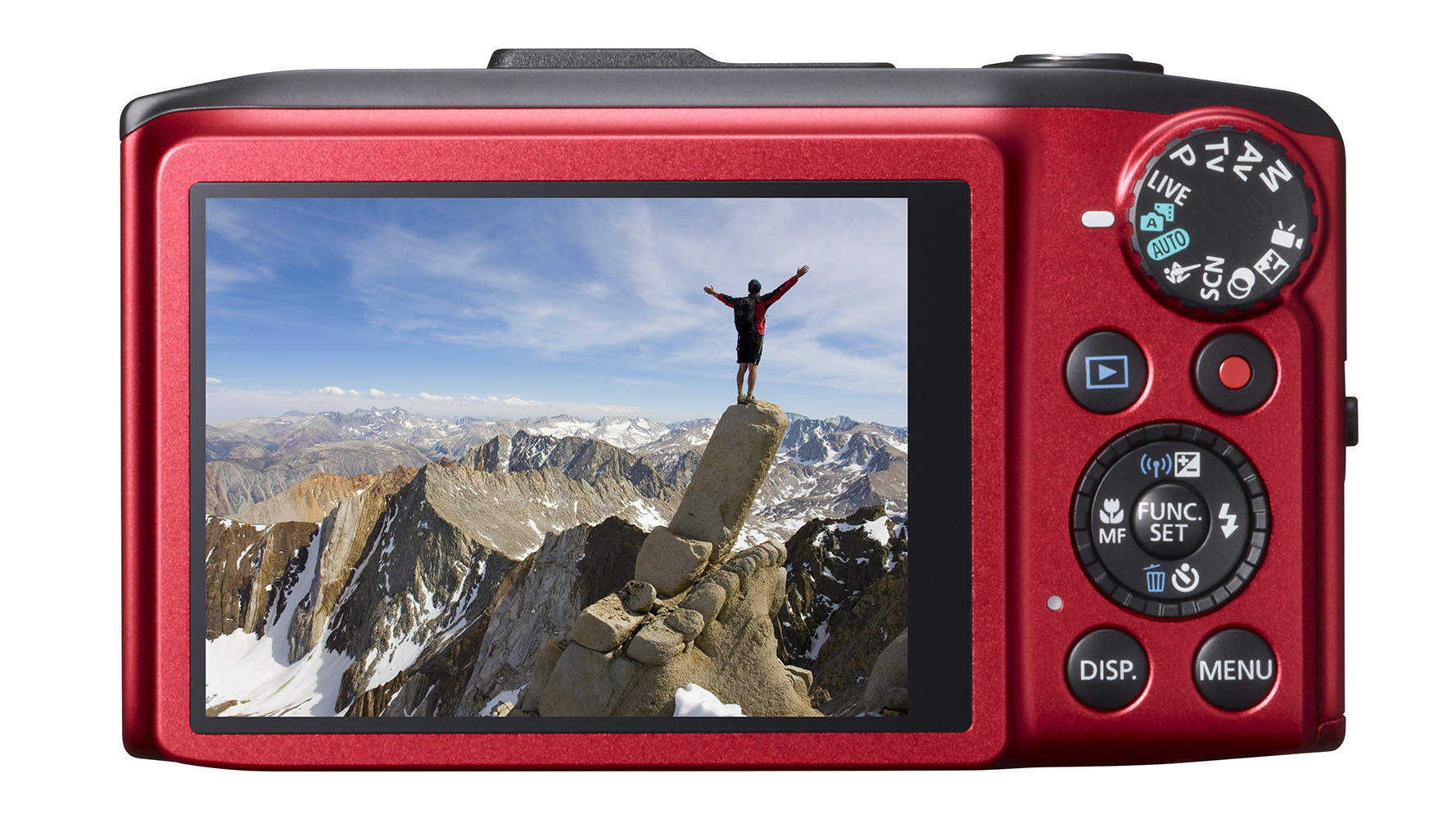
You can choose to shoot with image stabilisation activated - this is useful if you don't have access to a tripod or steady surface to rest the camera on. It does have a slight effect on the resulting final image quality though, especially when zoomed in at 100%, so it's something to bear in mind. Images shot handheld without image stabilisation are still relatively blur-free, especially in good light.
Happily, the Canon SX280's digital zoom is also a good performer. ZoomPlus boosts the capability up to 40x and manages to retain a good level of quality, and it certainly gives plenty of flexibility.
As you might expect, image quality drops when using the 80x zoom function, and since it's effectively a cropped image, you won't be able to make large prints from any images shot at this (equivalent) focal length. That said, having the ability to shoot at this distance is a nice feature to have, even if it probably won't get used all that often.
The new Digic 6 processor brings with it the promise of improved low light performance. Compared with its predecessor, the Canon SX260 HS, the Canon SX280 did put in a marginally better performance in our labs test for signal to noise ratio.
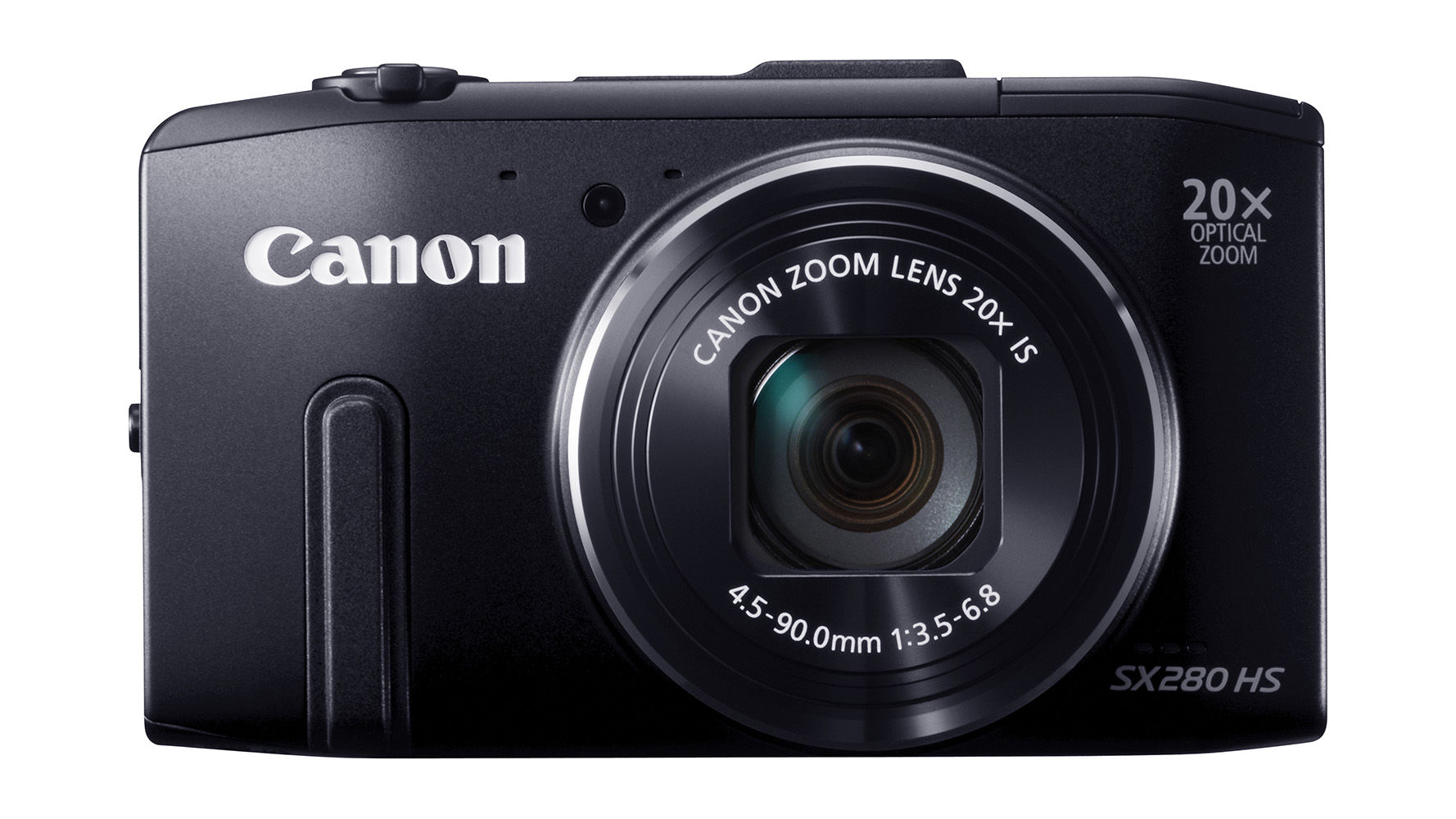
That said, at higher sensitivities, such as ISO 1600, the results were so close they were hardly separable.
At higher sensitivity settings, such as ISO 1600, the Canon SX280 puts in a good performance for a camera with a sensor this size (1/2.3-inch). Although noise is apparent at this point, it's not too bad, but it's worth pointing out that there is some loss of detail.
By the time you reach even higher sensitivities, such as ISO 3200, there's even more loss of detail and more noise. That said, at normal printing and web sizes, images are more than usable and are certainly better than not being able to get the shot at all.
On the whole, autofocusing speeds are very quick, enabling you to get the shot you need. While using macro focusing the camera sometimes takes a little longer to achieve focus, but it's rare for a false confirmation of focus to appear.
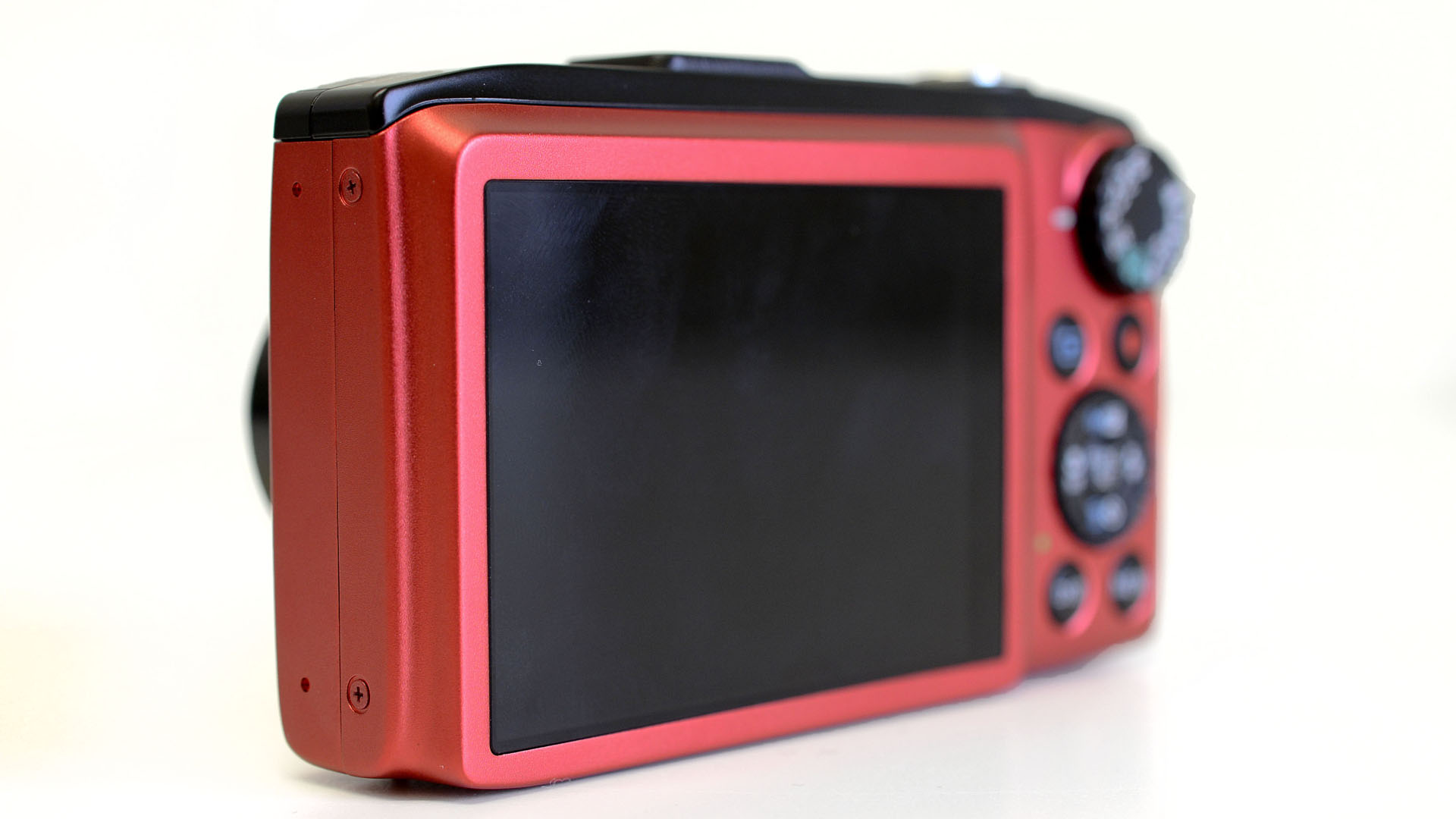
Digital filters included on the Canon SX280 vary from Toy Camera to Miniature and Super Vivid. While there's not the vast range that cameras such as the Olympus XZ-2 offers, it's still worth experimenting with what the camera has to offer.
The Canon SX280's screen is not a particularly high resolution device, and as already mentioned it's not a touchscreen. That said, it doesn't seem to suffer too badly from glare or reflections in all but the very brightest of sunlight, and offers a clear and bright view of the scene being photographed. Images played back appear crisp and vibrant.
Battery life when not using the GPS functionality is reasonable, putting in a few solid hours of shooting time, meaning if you're using it fairly lightly while on holiday it should be fine. It might be worth investing in a spare battery, though, if you think you might be a very heavy user.
Activating the GPS function does drain the battery significantly, and again, if you're hoping to use this while shooting on holiday, a second battery would be a good idea.
Amy has been writing about cameras, photography and associated tech since 2009. Amy was once part of the photography testing team for Future Publishing working across TechRadar, Digital Camera, PhotoPlus, N Photo and Photography Week. For her photography, she has won awards and has been exhibited. She often partakes in unusual projects - including one intense year where she used a different camera every single day. Amy is currently the Features Editor at Amateur Photographer magazine, and in her increasingly little spare time works across a number of high-profile publications including Wired, Stuff, Digital Camera World, Expert Reviews, and just a little off-tangent, PetsRadar.
